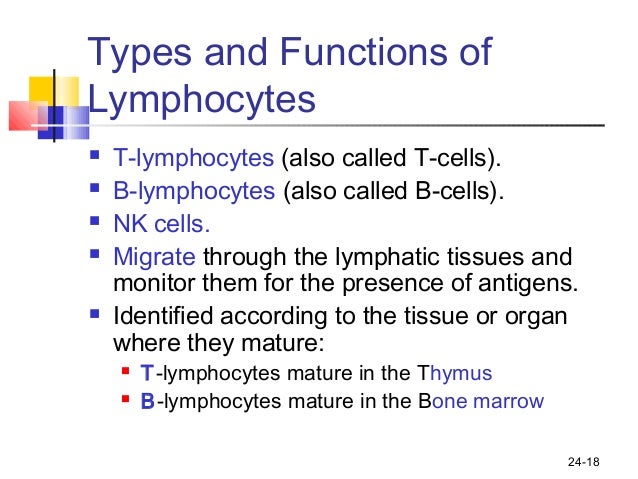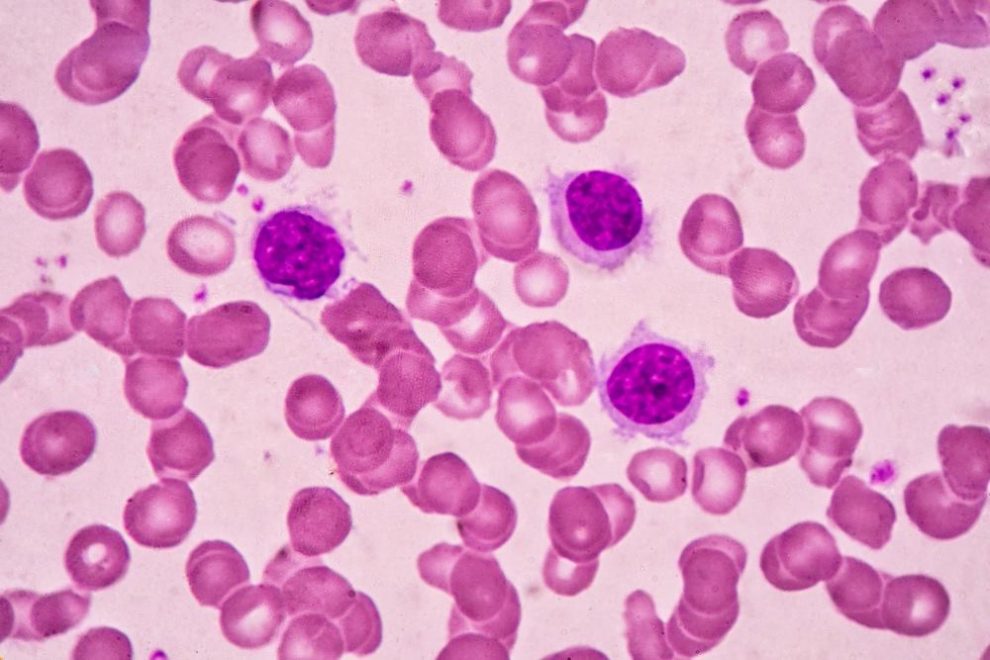

Your doctor will do blood chemistry tests if there’s concern that you may have any of these problems. Your blood chemistry balance can also be changed by dehydration (not enough fluid in the body), which may be caused by nausea, vomiting, or diarrhea. Some treatments can cause changes in your body’s blood chemistry, such as a drop in the amount of potassium in your blood. The chemistry panel may also show other problems with body function. Other tests look at how well your kidneys are working.

For instance, liver function studies tell your doctor how well your liver is working.

There are many types of white blood cells and each fights infection in a special way. When the Hgb and Hct values fall too low, it’s called anemia. Hematocrit (Hct), the percent of RBCs in the blood Hemoglobin (Hgb), the part of each RBC that carries iron The CBC measures red blood cells in many ways, but the simplest measure is either RBCs carry oxygen to and carbon dioxide away from the cells in your body. And each can be harmed by cancer and cancer treatments. It measures 3 basic types of blood cells:Įach of these cells has a special purpose. A CBC tells your cancer care team about the cells in your blood. Blood is made up of water, proteins, nutrients, and living cells. The most common lab test that you’ll have done during treatment is called a complete blood count, or CBC.

Here are 2 of the most common types of blood tests and what they can tell the doctor about your health: the complete blood count (CBC) and the chemistry panel. Who to call if you see results first and have concerns about them.When and how they will contact you to discuss your results.What a normal or abnormal result is and what it might mean for you.What results you might expect, where you can get them, and when they might be available.Talking to the health care provider who is ordering the tests ahead of time might help you might want to ask them: This means that patients may see their results on a patient portal at the same time as their health care provider or before their health care provider has had a chance to review and explain them.Ībnormal or unclear test results can make patients worry, especially if they have been waiting to see them. But, it doesn't always allow health care providers to delay the release of health information to patients, including lab, imaging, pathology, and other test results. The Office of the National Coordinator for Health Information Technology (ONC) enacted the Cures Act. The Cures Act is intended to make it easier for people to be able to see their medical records, clinical notes, and their costs of care. By getting a copy, you can also see what the normal ranges are for the lab that tested your blood and where your numbers fall within that range. Some people find it helps to ask for a copy of their lab results and have a member of their cancer care team go over the numbers with them. Keeping track of your lab results lets your doctor take action as soon as your blood counts change to help prevent many cancer-related problems and cancer treatment side effects. They can show small changes before problems get serious. These tests are done to help watch your body’s response to treatment. When you have cancer, you will probably need lab, imaging, or other tests.


 0 kommentar(er)
0 kommentar(er)
